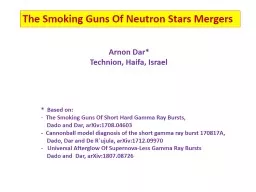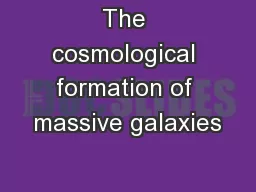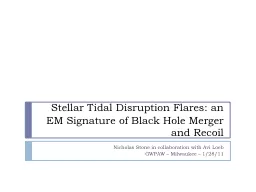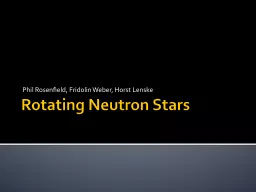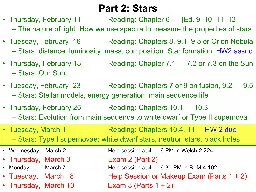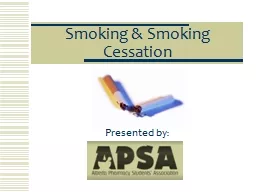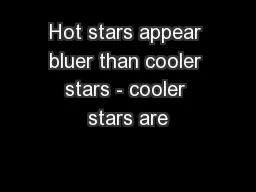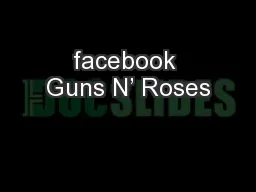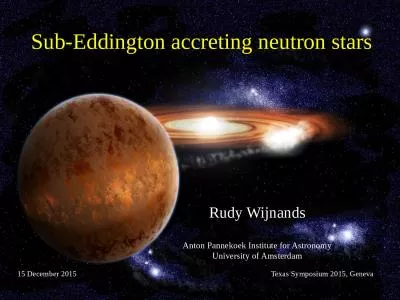PPT-The Smoking Guns O f Neutron Stars Mergers
Author : frogspyder | Published Date : 2020-08-04
Arnon Dar Technion Haifa Israel a Based on The Smoking Guns Of Short Hard Gamma Ray Bursts Dado and Dar arXiv170804603 Cannonball model diagnosis of
Presentation Embed Code
Download Presentation
Download Presentation The PPT/PDF document "The Smoking Guns O f Neutron Stars Mer..." is the property of its rightful owner. Permission is granted to download and print the materials on this website for personal, non-commercial use only, and to display it on your personal computer provided you do not modify the materials and that you retain all copyright notices contained in the materials. By downloading content from our website, you accept the terms of this agreement.
The Smoking Guns O f Neutron Stars Mergers: Transcript
Download Rules Of Document
"The Smoking Guns O f Neutron Stars Mergers"The content belongs to its owner. You may download and print it for personal use, without modification, and keep all copyright notices. By downloading, you agree to these terms.
Related Documents

